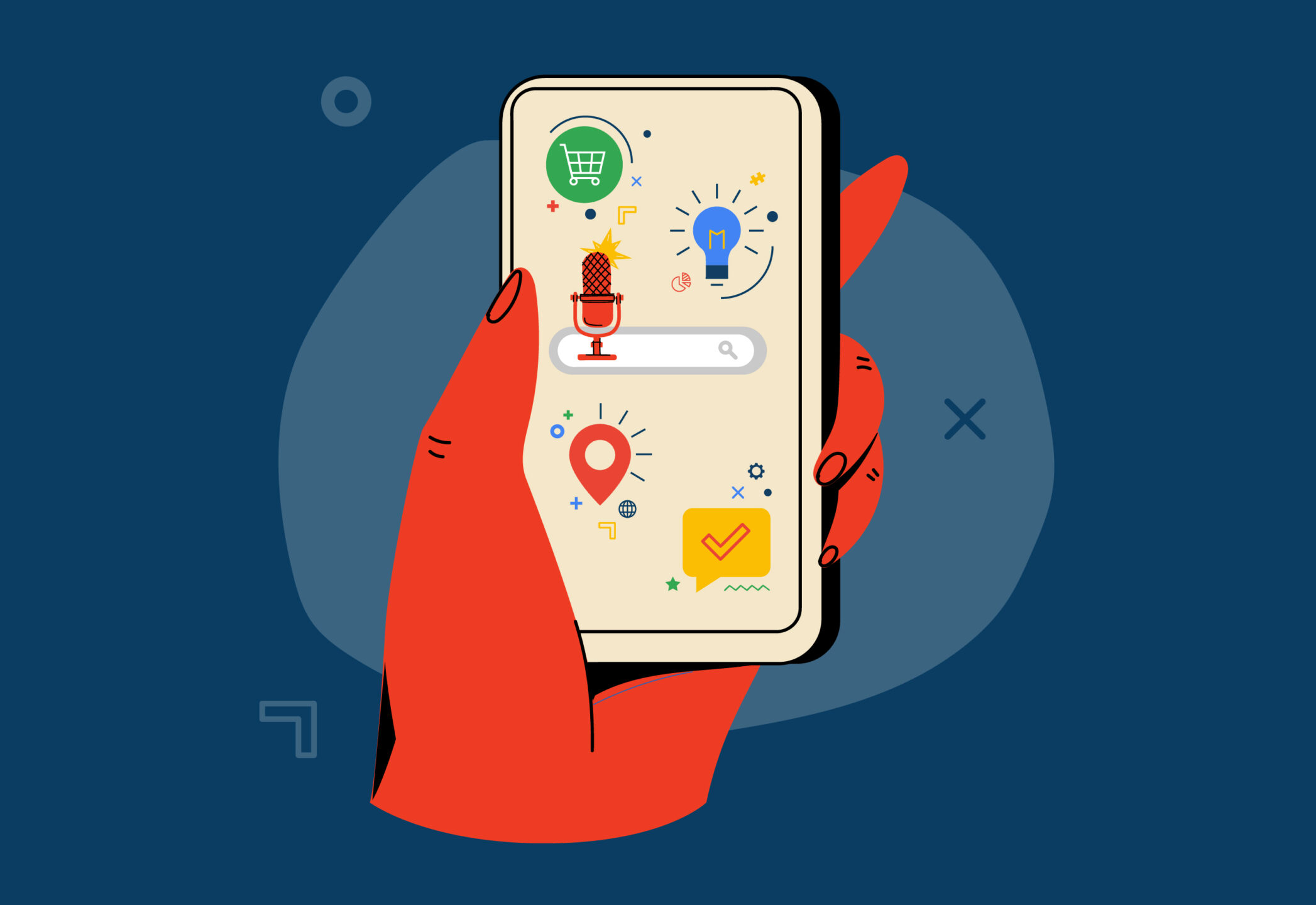Marketing
The Power of Micro-Moments in Marketing

In today’s fast-paced digital world, capturing and maintaining the attention of consumers is more challenging than ever. Traditional advertising methods often fall short in an environment where people are constantly bombarded with information and have increasingly shorter attention spans. This is where the concept of micro-moments comes into play. Understanding and leveraging micro-moments can be a game-changer for marketers looking to engage with their audience in meaningful ways.
What are micro-moments?
Micro-moments are those brief instances when a person turns to their device – usually a smartphone – to learn something, do something, discover something, watch something, or buy something. These moments are intent-driven, making them critical touchpoints in the consumer journey.
The rise of micro-moments
The prevalence of micro-moments is growing. According to Google, 96% of smartphone users conduct searches on their devices. Furthermore, a report by Think with Google highlighted that “near me” searches have grown over 500% in the past two years. These statistics underscore the increasing frequency with which consumers rely on their mobile devices to make immediate, intent-driven decisions.
Voice search is also playing a significant role in the rise of micro-moments. By 2025, it is estimated that 64% of all searches will be voice searches, and this trend continues to grow. With the convenience of virtual assistants like Siri, Alexa, and Google Assistant, consumers are more frequently using voice commands to find information quickly and efficiently. This shift towards voice search means brands need to optimise their content for spoken queries to capture these micro-moments effectively.
Why micro-moments matter
Micro-moments are crucial because they represent critical points where decisions are made, and preferences are shaped. When consumers search during micro-moments, they are highly motivated and receptive to information. This makes them more likely to engage with brands that provide the answers they seek, building trust and fostering brand loyalty.
Types of micro-moments
I-want-to-know moments:
These occur when someone is exploring or researching but not yet in purchase mode. Consumers seek useful information, tips, or knowledge. For example, someone might search for “best energy-efficient home appliances” before making a buying decision.
Sephora has mastered ‘I-want-to-know’ moments by offering a mobile app that allows users to search for beauty tips, product reviews, and tutorials. Their Virtual Artist feature lets users try on products virtually, providing instant gratification and meeting the consumer’s need for quick and relevant information.
I-want-to-go moments:
These moments happen when people are looking for a local business or considering buying a product at a nearby store. An example would be someone searching for “wine bars near me” to find a place to visit with friends.
Starbucks capitalises on ‘I-want-to-go’ moments by integrating location-based services in their mobile app. Users can find the nearest store, view the menu, and even place an order ahead of time. This convenience appeals to the on-the-go consumer looking for a quick coffee fix.
I-want-to-do moments:
These moments arise when someone needs help completing a task or trying something new. This could be as simple as looking up a recipe or as complex as learning how to fix a car engine. For instance, a person might search for “how to train for a marathon.”
Airbnb targets “I want to do” moments by offering Airbnb Experiences. Consumers who want to try something new or experience a place like a local can use Airbnb Experiences to find activities that match their interests, from cooking classes to hiking adventures.
I-want-to-buy moments:
These moments are when someone is ready to make a purchase and might need help deciding what or how to buy. For example, searching for “solar panel installers near me” would fall into this category.
Amazon captures ‘I-want-to-buy’ moments with features like one-click ordering and personalised recommendations. By understanding the consumer’s purchasing intent and streamlining the buying process, Amazon ensures they are the go-to choice for quick and efficient shopping.
How to leverage micro-moments
To effectively leverage micro-moments, brands need to: be there, be useful, and be quick.
Be there:
- Anticipate the micro-moments for your audience and commit to being present in those moments. Use data and insights to understand when and where these moments occur.
Be useful:
- Provide relevant and valuable information that meets the needs of your audience in their micro-moments. This could involve creating content that answers common questions or developing tools and resources that help users achieve their goals.
Be quick:
- Ensure that your mobile experience is fast and frictionless. Slow load times or complicated navigation can cause users to abandon their search and turn to competitors.
Micro-moments are reshaping the consumer journey, providing brands with unique opportunities to connect with their audience in highly targeted ways. By understanding and strategically leveraging these moments, marketers can drive engagement, build loyalty, and ultimately increase conversions. In a world where every second counts, mastering micro-moments can set your brand apart and ensure you’re meeting your customers where and when it matters most.
Write a comment
SIGN UP TO OUR NEWSLETTER